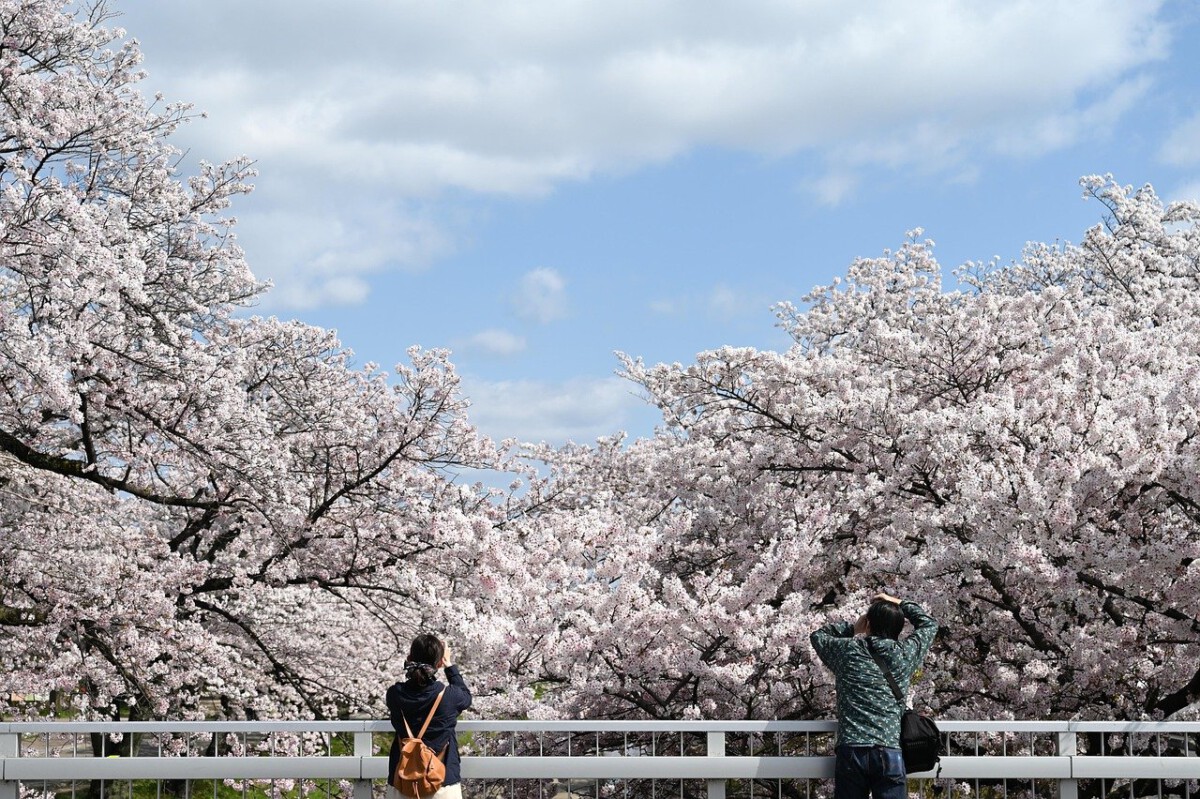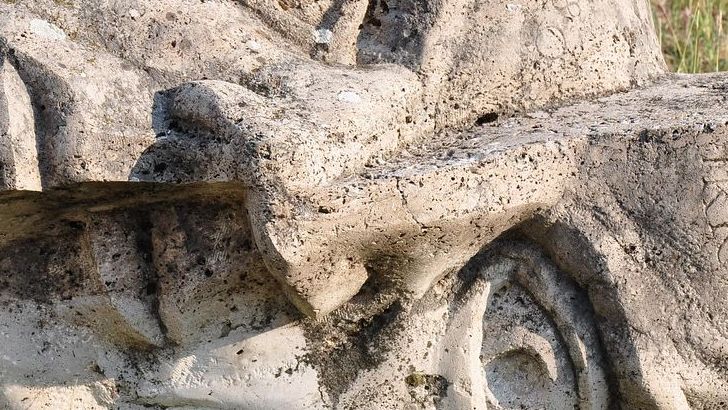The Enduring Splendor of Kyoto’s Temples

Kyoto remains one of Japan’s most photogenic cities, famous for its peaceful temples and well-preserved historic quarters. The shimmering Golden Pavilion, or Kinkaku-ji, is a frequent subject for photographers, its gold leaf exterior reflecting perfectly in the surrounding pond. In 2024, Kyoto welcomed more than 50 million tourists, a record that highlights its ongoing global appeal. Visitors flock to see the cherry blossoms each spring and the fiery maple leaves each autumn, both of which create breathtaking seasonal backdrops. Local craftspeople continue to practice ancient arts such as kimono dyeing and ceramics, lending the city a living sense of tradition. Despite the influx of modern amenities, Kyoto’s zoning laws protect its iconic machiya townhouses and temple grounds. Images from Kyoto capture a rare balance between bustling city life and tranquil, spiritual beauty. This harmony offers a window into the core of Japanese aesthetics.
Tokyo’s Dazzling Contrasts

Tokyo bursts with energy, its skyline a dazzling mix of neon and steel, yet hidden shrines and quiet parks offer moments of reflection. The city’s population now exceeds 14 million, making it the most populous city in Japan and among the largest in the world. In 2025, Tokyo continued to cement its role as a global leader in urban innovation, hosting key events and initiatives focused on smart city development and sustainability. Photographers are drawn to the city’s contrasts: ancient Senso-ji Temple stands just blocks from the futuristic Asakusa Culture and Tourist Information Center. The city’s trains move over 9 million people daily, an astounding feat of coordination and efficiency. Tokyo is also a gastronomic paradise, home to more Michelin-starred restaurants than any other city worldwide. Despite rapid modernization, traditional festivals and street markets remain lively and well-attended. The city’s ever-changing scenery is a favorite for both local and international photographers.
Nagasaki’s Fading Glory

Nagasaki, once a bustling international port, now faces a sharp and ongoing population decline. Since 2010, the city’s population has dropped by more than 20%, driven largely by an aging population and youth migration to larger cities like Fukuoka and Tokyo. In 2023, unemployment in Nagasaki remained notably above the national average of 2.8%, reflecting broader regional economic challenges. Despite this, the city’s rich history—from its foreign trade legacy to the scars of the atomic bombing—endures in its preserved churches and poignant Peace Park. However, many neighborhoods now feature shuttered storefronts and vacant lots, a stark reminder of economic struggles. Government campaigns have tried to boost tourism and highlight Nagasaki’s story of resilience, but the recovery remains slow. Photographers often capture the haunting beauty of abandoned tram lines and empty public squares. Nagasaki’s decline paints a poignant picture of the challenges facing many regional Japanese cities.
Kumamoto’s Ongoing Struggle

Kumamoto is known for its majestic castle and lush gardens, but it has struggled to recover from both natural disaster and demographic shifts. The 2016 earthquake left deep scars, with the iconic Kumamoto Castle still undergoing restoration in 2025, a project costing over 63 billion yen. Since the quake, the city’s population has shrunk by about 15%, as many younger residents moved away seeking stable employment. Local officials have worked to promote regional delicacies like Kumamoto ramen and basashi (horse meat sashimi) to attract tourists, but economic recovery is slow. Empty homes and shuttered businesses are now common sight in some districts, highlighting the impact of depopulation. Despite these challenges, the community continues to rally around festivals and cultural events, emphasizing local pride. Photographers capture both the perseverance of Kumamoto’s people and the lingering damage to its landmarks. The city’s story is one of resilience amid hardship.
The Strength and Peace of Hiroshima

Hiroshima stands today as a city reborn from tragedy, with a population that has now surpassed 1.2 million. Its Peace Memorial Park and Atomic Bomb Dome, both UNESCO World Heritage sites, draw millions of visitors each year, serving as symbols of hope and remembrance. In 2023, Hiroshima received international recognition for its urban greening projects and commitment to renewable energy, with over 35% of its electricity now coming from sustainable sources. The city’s food culture, especially Hiroshima-style okonomiyaki, continues to gain fans worldwide. New waterfront districts and improved public transit have made the city more livable and attractive to younger generations. Photographers are drawn to the juxtaposition of serene parks against the backdrop of modern high-rises. Hiroshima’s ability to honor its past while building a peaceful and vibrant present is a powerful narrative. The city’s ongoing transformation reflects the enduring spirit of its people.
The Ancient Charms of Nara

Nara, Japan’s first permanent capital, enchants visitors with its blend of ancient temples, lush parks, and herds of sacred deer. The colossal Great Buddha at Todai-ji Temple continues to awe visitors, standing as one of the largest bronze statues in the world. Nara’s historic sites, including eight UNESCO World Heritage locations, are carefully maintained, with the city investing heavily in preservation efforts. In 2025, the city recorded a resurgence in tourism, with visitor numbers topping 10 million, as people seek authentic experiences. The free-roaming deer of Nara Park are a beloved symbol, often featured in travel photography and postcards. Despite modernization, Nara’s streets retain a tranquil, almost timeless quality, with old wooden buildings and stone lanterns lining quiet lanes. Festivals like the Nara To-kae, where thousands of lanterns light up the night, provide captivating scenes for photographers. The city’s dedication to safeguarding its cultural legacy keeps its ancient beauty alive.
Osaka’s Vibrant Urban Life

Osaka pulses with energy, known for its lively street scenes, bold food culture, and friendly locals. The city’s population has grown steadily, now nearing 2.8 million in 2025, thanks to domestic migration and a growing foreign community. Dotonbori’s neon-lit canal, bustling with tourists and locals alike, is a favorite subject for photographers seeking dynamic cityscapes. Osaka’s cuisine is legendary, featuring dishes like takoyaki and kushikatsu, and its markets are filled with the sounds and smells of culinary adventure. Despite urban sprawl, the city has invested in green spaces like Osaka Castle Park, offering peaceful escapes from the fast pace of city life. Major redevelopment projects, such as the revitalization of the waterfront Yumeshima district, show Osaka’s commitment to sustainable growth. The city’s blend of tradition and innovation makes it a magnet for creative talent and new businesses. Images from Osaka capture a city that is both grounded in history and eager for the future.
Japan’s Population Crisis in Focus

Japan’s shrinking and aging population is one of the country’s most pressing challenges, with the total population now at 124 million, down from 128 million in 2020. The number of people aged 65 and older has reached an unprecedented 29%, the highest proportion in the world. This demographic shift has hit regional cities the hardest, resulting in shuttered schools, vacant houses, and declining local economies. The government has launched various initiatives to boost birth rates and encourage immigration, including subsidies for families and easier visa policies. However, these measures have yet to reverse the overall trend. Photographers document the impact by capturing empty shopping streets, overgrown rice fields, and abandoned playgrounds in once-vibrant towns. Some communities have begun offering free houses to new residents in a bid to revitalize neighborhoods. The population crisis is changing the face of Japan’s landscape and society in profound ways.
Technology and Smart City Solutions

Technology is increasingly seen as a lifeline for Japan’s declining cities, with smart city projects rolling out in places like Nagasaki and Kumamoto. These projects focus on integrating digital infrastructure, artificial intelligence, and green technology to improve urban living. Nagasaki, for example, launched a smart mobility project in 2023 aimed at reducing congestion and promoting electric vehicles, which now make up over 15% of new car sales in the city. Kumamoto has adopted advanced disaster management systems, utilizing drones and early warning networks to better prepare for earthquakes and floods. Public Wi-Fi and digital healthcare services have become standard, helping older residents access resources and stay connected. Tech-driven urban farming and renewable energy initiatives are also gaining traction, aiming to attract young entrepreneurs and families. Photographers capture the blend of traditional cityscapes with cutting-edge technology, highlighting a new phase in urban evolution. The hope is that these innovations will spark a revival in struggling regions.
The Living Heritage of Japanese Culture

Japanese culture remains a vibrant tapestry woven from centuries-old traditions and modern influences. The country is home to 23 UNESCO World Heritage sites as of 2025, a testament to its commitment to preservation. Tea ceremonies, ikebana flower arranging, and calligraphy continue to flourish, often showcased in local festivals and workshops. Photographers find endless inspiration in these cultural practices, from the quiet focus of a tea master to the swirling colors of festival dancers. The Japanese government has increased funding for cultural education, ensuring these traditions are passed down to younger generations. Recent years have seen a rise in “heritage tourism,” with travelers seeking out authentic experiences in rural temples and mountain villages. Artisan markets and craft fairs have become more popular, supporting local economies and keeping age-old skills alive. The ongoing celebration of culture provides a sense of continuity and pride throughout Japan.
Prospects for Japan’s Cities

Japan’s cities face a fork in the road: thriving metropolises like Tokyo and Osaka continue to grow, while many regional cities struggle to adapt. Government policies now focus on sustainable development, urban revitalization, and attracting global talent to breathe new life into declining areas. Smart city initiatives, cultural preservation, and creative use of abandoned spaces are all part of the strategy. Photographers document these transformations, capturing both the challenges and the hopeful signs of renewal in streets, parks, and neighborhoods. Major cities are investing in eco-friendly infrastructure, such as Tokyo’s new green skyscrapers and Kyoto’s bike-sharing programs. Community-driven projects, like turning empty schools into coworking hubs or art galleries, show local ingenuity at work. The future of Japan’s urban landscape depends on balancing innovation with respect for tradition. The story of these cities continues to unfold, shaped by resilience, creativity, and the enduring grace at the heart of Japanese life.








